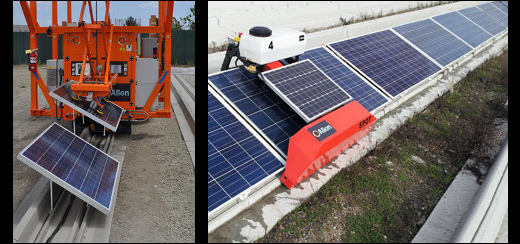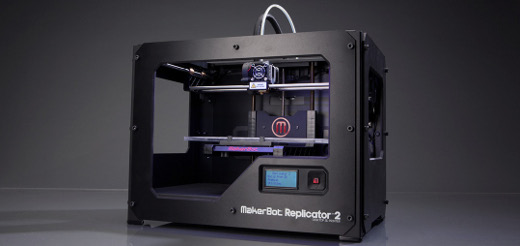BMW, Honda explore “connected” motorcycles
There has been a lot of movement by a broad range of technology firms and automotive manufacturers alike over the last few years to develop autonomous cars and “connected vehicle” technology (as well as a great deal of discussion about the innumerable policy and safety concerns to which these projects give rise). BMW and Honda in partnership with the University of Michigan Transportation Research Institute and Australian company Cohda Wireless are now seeking to push this conversation in an entirely new direction by exploring how the technology could positively impact not only increasingly technology-riddled cars, but their sparer two-wheeled brethren as well.
While motorcycles make up only a fraction of the vehicles on U.S. roads, their accident rate is several times that of automobiles, with the likelihood of a motorcycle accident proving fatal being a full 35 times greater, according to the National Highway Traffic Safety Administration’s 2007 Motorcycles Traffic Safety Fact Sheet. While many factors are certainly at play in these statistics, one significant element is no doubt the sheer difficulty of seeing motorcycles in real-world road conditions.
BMW and Honda hope that by turning toward the work on ad hoc automotive wireless connectivity for which Cohda is known (and which earned them significant investments by Cisco and NXP Semiconductors in January), they’re hitting upon a singularly appropriate solution for this problem. By focusing on putting vehicles into communication with both one another (vehicle-to-vehicle, or V2V connectivity) and with the roads upon which they operate (vehicle-to-infrastructure, or V2I), the intention is to work toward a dynamic network by which information regarding both the state of the road environment and each nearby vehicle’s presence and intentions are made available to drivers ahead of time, or even impact driver agency in a way that forestalls this type of accident.
Testing of the technology is already underway at the University of Michigan, where the Safety Pilot Model Deployment aims at developing a small, controlled network of short-range wireless communication between nearly 3,000 real-world vehicles in Ann Arbor, intended to “find out how well connected vehicle safety technologies and systems work in a real life environment with real drivers and vehicles.” According to Green Car Congress, Cohda will supply the V2V equipment for approximately half of those 3,000 vehicles, including involved Honda and BMW motorcycles.
Via Green Car Congress; GigaOM
[ photo courtesy of the U.S. Department of Transportation ]



